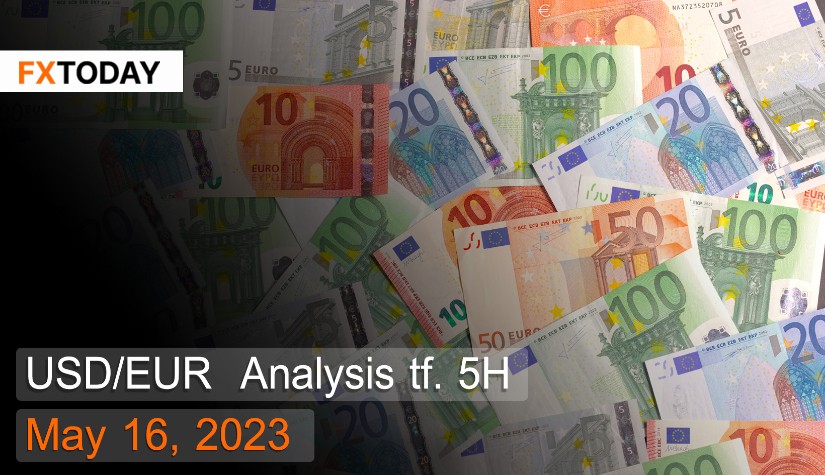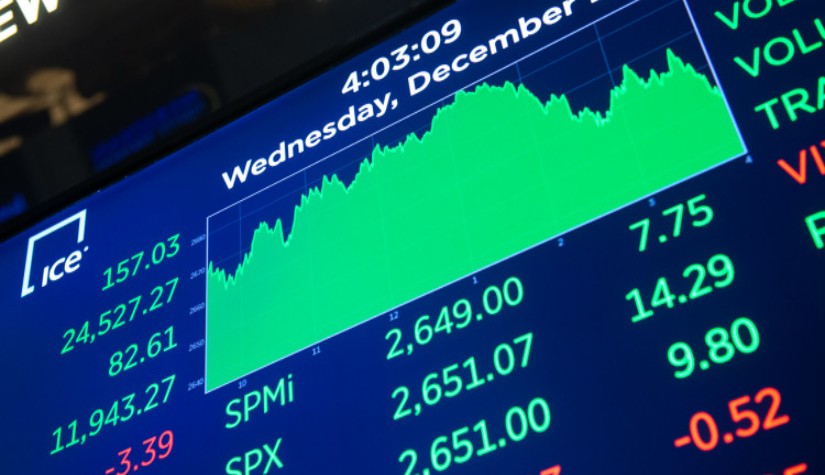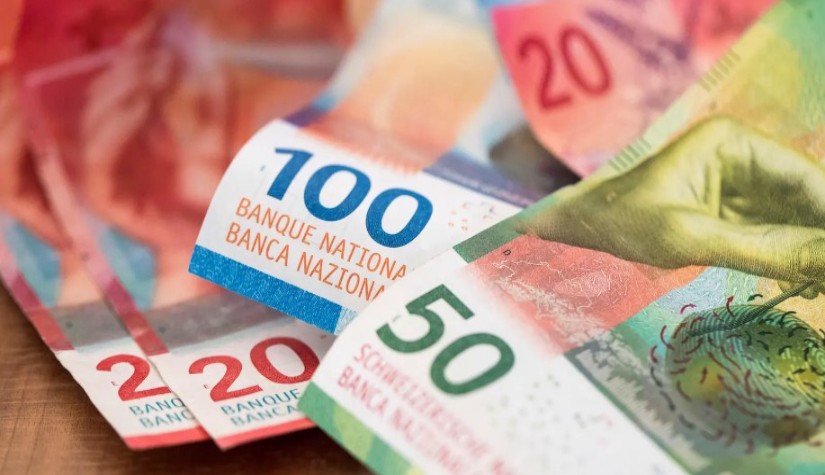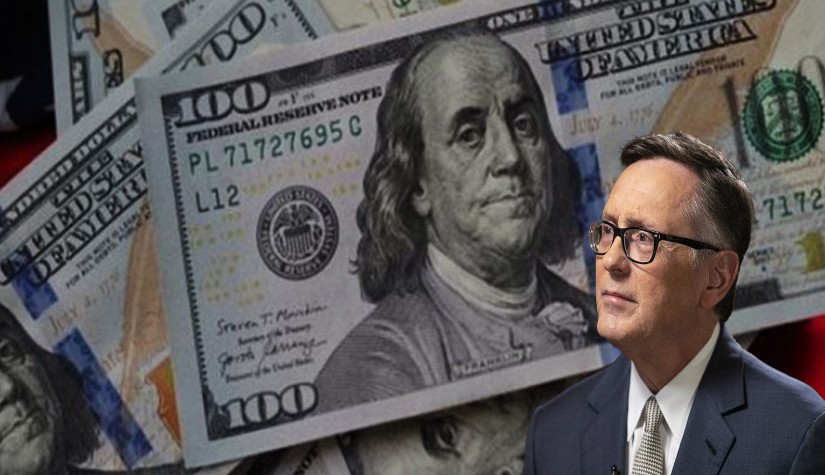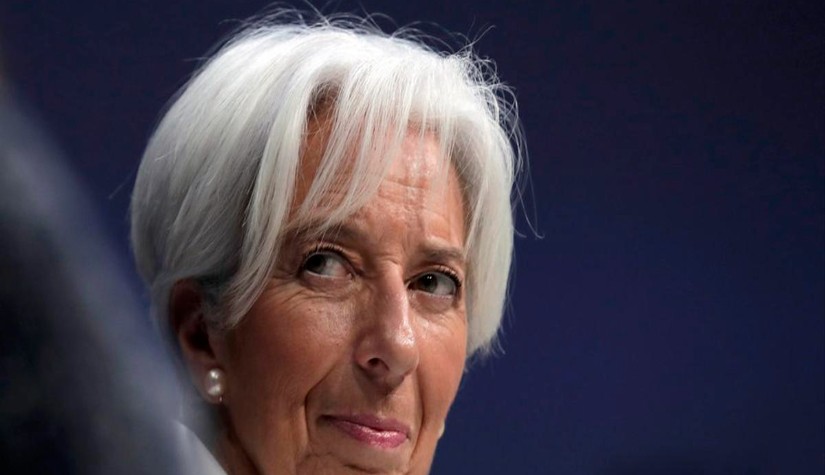The euro can still appreciate
The European Central Bank (ECB) has revealed the results of a survey indicating that consumers in the eurozone have increased their expectations of inflation in March, despite a downward trend in the rate of price increases. The ECB continues to maintain its policy of adjusting interest rates.
The latest survey of consumer expectations suggests that prices will increase by 5.0% over the next 12 months, up from 4.6% in the previous survey conducted in February.
This is the first increase in inflation expectations since the autumn season, which is not a favorable outcome for the ECB, which is trying to curb rising prices and current inflation rates from taking root.
Although the ECB postponed a hike in interest rates last week, it signaled a stronger stance, as the market expects it to be the final step in the fight against inflation. Long-term inflation expectations are projected to increase, with inflation rates expected to be 5.8% in 2566 and 2.8% in 2567, and 2.9% over the next three years, up from 2.4% the previous month.
Returns on eurozone government bonds have adjusted during the market opening, while the increased forecast figures support another rate hike. Investors are closely monitoring negotiations in the United States to increase the debt ceiling and avoid defaulting on payments.
The 10-year government bond yield for Germany has increased by 0.04% to 2.307%, while the 2-year government bond yield has increased by 0.04% to 2.657%.
Peter Kazimir, a member of the ECB's governing council, stated that the ECB may need to keep interest rates higher than initially anticipated to help reduce pressure on inflation and prices.
In addition, GDP in the eurozone is expected to expand at a higher rate than previously estimated. The European Commission forecasts a growth rate of 1.1% for this year and 1.6% in 2024.
In terms of policy, market observers expect the ECB to gradually increase deposit rates, potentially reaching a peak of around 3.7% by September.
Peter Kazimir, the policy setter for the ECB, has suggested the possibility of extending the timeframe for interest rate hikes beyond previous expectations in order to effectively manage inflationary pressures.
Technical analysis data (5H)
Resistance: 0.9199, 0.9215, 0.9225
Support: 0.9173, 0.9163, 0.9146
| Name | S3 | S2 | S1 | Pivot Points | R1 | R2 | R3 |
| Classic | 0.9146 | 0.9163 | 0.9173 | 0.9189 | 0.9199 | 0.9215 | 0.9225 |
| Fibonacci | 0.9163 | 0.9173 | 0.9179 | 0.9189 | 0.9199 | 0.9205 | 0.9215 |
| Camarilla | 0.9176 | 0.9179 | 0.9181 | 0.9189 | 0.9186 | 0.9188 | 0.9191 |
| Woodie's | 0.9144 | 0.9162 | 0.9171 | 0.9188 | 0.9197 | 0.9214 | 0.9223 |
| DeMark's | - | - | 0.9169 | 0.9187 | 0.9195 | - | - |
Buy/Long 1: If there is a touch of support in the price range of 0.9163 - 0.9173 but it is not possible to break the support at 0.9173, you may consider setting a TP around 0.9215 and a SL around 0.9146, or according to your acceptable risk level.
Buy/Long 2: If it is possible to break the resistance in the price range of 0.9199 - 0.9215, you may consider setting a TP around 0.9225 and an SL around 0.9163, or according to your acceptable risk level.
Sell/Short 1: If there is a touch of resistance in the price range of 0.9199 - 0.9215 but it is not possible to break the resistance at 0.9199, you may consider setting a TP around 0.9163 and an SL around 0.9225, or according to your acceptable risk level.
Sell/Short 2: If it is possible to break the support in the price range of 0.9163 - 0.9173, you may consider setting a TP around 0.9146 and an SL around 0.9215, or according to your acceptable risk level.
| Name | Value | Action |
| RSI(14) | 56.558 | Buy |
| STOCH(9,6) | 37.442 | Sell |
| STOCHRSI(14) | 0.000 | Oversold |
| MACD(12,26) | 0.002 | Buy |
| ADX(14) | 23.551 | Sell |
| Williams %R | -55.714 | Sell |
| CCI(14) | -46.9596 | Neutral |
| ATR(14) | 0.0018 | Less Volatility |
| Highs/Lows(14) | -0.0005 | Sell |
| Ultimate Oscillator | 33.069 | Sell |
| ROC | 0.198 | Buy |
| Bull/Bear Power(13) | 0.0003 | Buy |
|
Buy:4 Sell:5 Neutral:1 Summary:Sell |
||

